A River Worth Saving
This is a guest blog from Rob Lester, a member of the Columbia River Canoe Project, a canoe expedition from the continental divide to the Pacific coast.
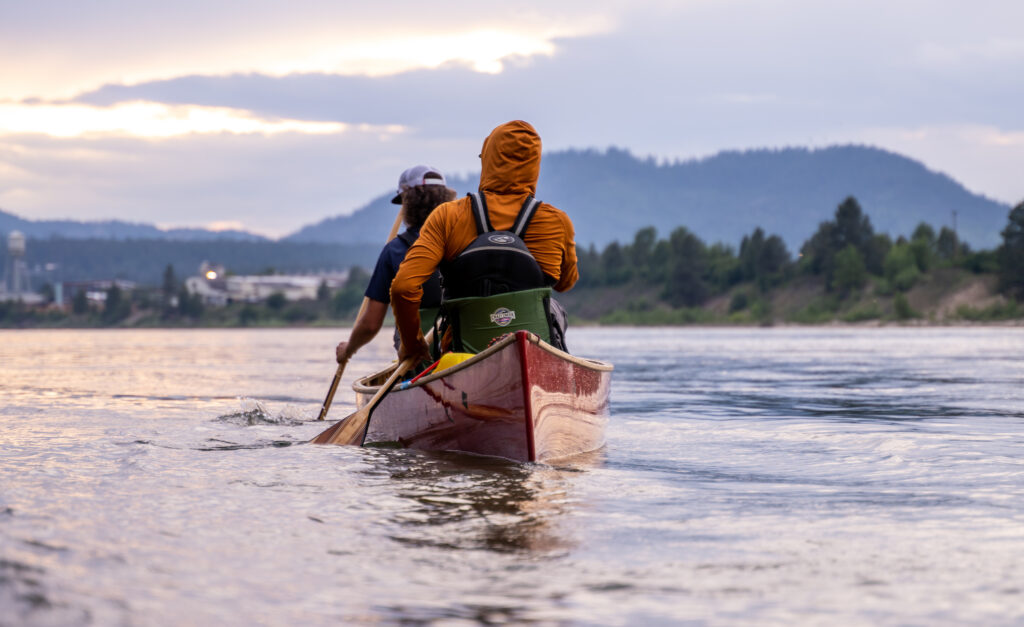
I sit on the banks as I write this, filled with awe and gratitude after seeing the Columbia River.
I am so emotional because the Columbia River is the final waterway that will carry me to the Pacific Ocean. I’ve paddled over 500 miles to get here, and I have become more invested in this river system than I could have possibly imagined.
As I have now entered the main body of the Columbia River, I feel it’s my duty to tell you about the issues facing the waterways I’ve passed so far, on my travels to this point. But first, a little about this journey:
The Columbia River Canoe Project is an expedition from the headwaters of the Clark Fork of the Columbia – Silverbow Creek near the Continental Divide at Butte, Montana – all the way to the Pacific Ocean. My cousin, Braxton Mitchell, and I will paddle or carry our custom-made Navarro canoe over 1300 miles on this expedition, living on the rivers we travel for the entire journey. Our goal is to really learn about the health of the river system and share our first-hand knowledge to benefit the entire watershed and its stakeholders. To this end, we have an incredible crew of filmmakers traveling with us to create a documentary about our experience, as well as the social and ecological concerns facing America’s rivers. In this case, I’ve chosen a few issues to inform you about.
The Scars of Progress
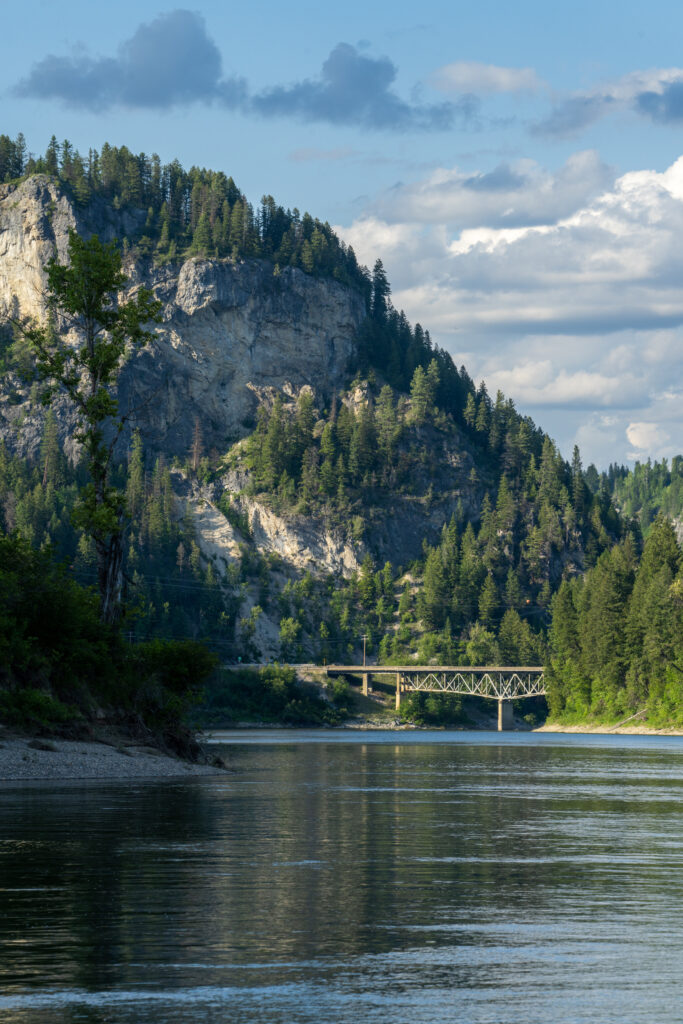
While the upper Clark Fork River flows inevitably into the lower Clark Fork, I see these two sections of the same river reversed in time. One possible future for the lower river has been written in the upper river. On the upper Clark Fork sits one of the most contaminated areas in the country, a problem so complex that the money and time it will take to fix the issues are almost incomprehensible. Meanwhile, on the lower Clark Fork, another ecological disaster rests at a tipping point.
Mining in the upper Clark Fork basin produced and processed the majority of U.S. copper during the industrial age. Advancement often comes at a price, and the scars of progress can now be seen in the upper Clark Fork watershed. The basin contains the nation’s largest superfund site, a mile-long acid lake, and an area where the Clark Fork flows over 19 million cubic yards of unaddressed toxic mining waste.
Downstream in the lower Clark Fork basin, below the city of Missoula and on the banks of the river, sits the Smurfit-Stone site, which is the remnants of a wood pulp mill that made bleached cardboard. While the mill no longer operates, 50 years of industrial waste remains in the Clark Fork floodplain. One of the most pressing concerns is that a large-scale flood will erode the inadequate earthen berm, causing toxins to be flushed into the river.
As we canoed by Smurfit-Stone, it was easy to see the horrific possibility of this threat. If you need more convincing, just look upstream. In 1908, a historic flood washed Butte-area mine tailings downstream, threatening life along the river, both ecological and human. A similar flooding event could occur at Smurfit-Stone with similar consequences. But there is an opportunity to prevent the upstream mistakes from reoccurring. Smurfit-Stone needs to be reclaimed while the cleanup is a relatively simple one, and before the drastic consequences of inaction become reality.
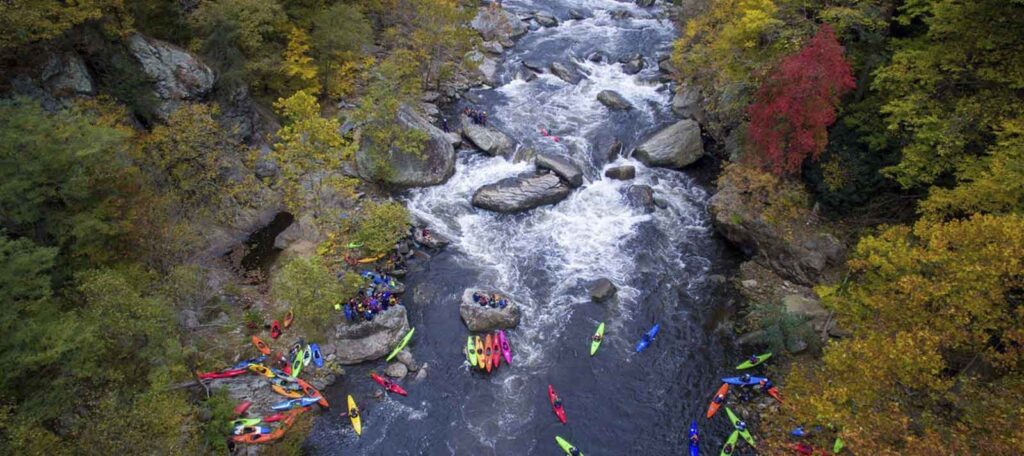
Let's Stay In Touch!
We’re hard at work for rivers and clean water. Sign up to get the most important news affecting your water and rivers delivered right to your inbox.
Smurfit-Stone is just the beginning, and the addition of the Clark Fork River to American Rivers’ Most Endangered Rivers Report of 2023 provides important recognition and a way for community members’ voices to be heard. But if you ask the people who live in the upper watershed in communities like Butte, they’ll remind everyone that until there’s a full cleanup in the upper watershed, the Clark Fork can never be healthy. Step one is cleaning the toxic Smurfit-Stone site, but don’t lose sight of the ultimate goal: a clean and healthy Clark Fork River from the Continental Divide to the Lake Pend Oreille Delta.
Big Trash, Simple Fix
There is a problem in this beautiful watershed, as terrible as any, that simply doesn’t get the coverage it deserves–trash and garbage in the river. Luckily, despite being one of the biggest problems, it has a simple solution that anyone can be part of.
Everyday during our trip, we picked garbage out of the river, and not just the types of items you’d think. We picked up chunks of Styrofoam coolers abandoned after riverside parties, basketballs lost to the currents, and a water cooler from an office. The trash we couldn’t extract from the river is much crazier – a half-sunken 35-foot boat run aground, full cars from every decade in the last 70 years, hundreds of pounds of coiled barbed wire, and even a broken trampoline that had been claimed by the wind. More concerning, though, is the staggering amount of plastic in the river. It’s heartbreaking to be in areas of this amazing river that are relatively untouched and see plastic bottles floating by.
The solution to garbage in the river doesn’t require government involvement or millions of dollars, just you. It comes down to prevention and clean up. Prevent more trash from entering river systems by securing your garbage and educating others on the importance of keeping trash from negatively impacting rivers. Cleanup is even simpler. You don’t have to join an organized river cleanup (although it would be great if you did). When you see trash, simply pick it up and dispose of it properly. Clean rivers benefit not only the ecological health of the river, but also guarantee a trash-free river experience for everyone, including future generations.
The Downstream Blind Eye
Industrial pollution and garbage can’t be addressed until we grapple with a principle that I finally understood as I paddled across the border into Canada. I call it the Downstream Blind Eye. Over and over, river impacts are passed to our neighbors downstream, and as soon as those impacts are out of sight, they are also out of mind. While the Downstream Blind Eye is a concept that can be seen in every watershed since industrialization, it is abundantly clear at the United States/Canadian border. The United States passes less-than-perfect water to Canada. Further downstream, Canada returns the favor by passing on to us pollution from a still-operating lead-zinc smelter. Both countries have turned a blind eye to the impacts passed across the border, and people have very little understanding of the issues on the opposite side. To the fish, eagles, bears, and countless other animals that use and rely on these rivers, our line on a map doesn’t exist and only water quality matters.
If the Downstream Blind Eye can be so apparent between two superpowers, then it’s occurring on every level, from states to individual landowners. At every scale, from local to international, a clean watershed can only exist if we take responsibility for our impacts and no longer pass them downstream for someone else to deal with. Pass on downstream only the water that you would hope is passed on to you from upstream.
Fight for this Watershed
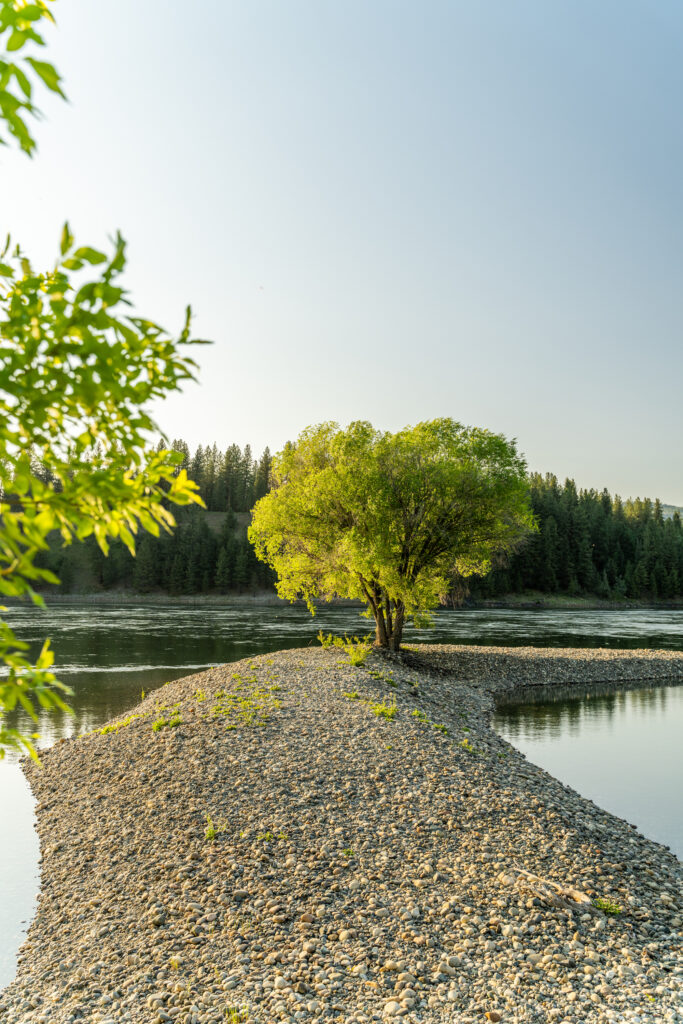
Talking about big serious issues can make people think that the problems are beyond repair or that a resource is no longer worth saving. I’m here to tell you that is not the case.
In this watershed there are landscapes worthy of our greatest national parks. Places where you can see a golden sunset over a 400-foot limestone cliff that was carved by the river. The confluence between a river so brown it could be flowing with chocolate milk and one so green it looks like liquid emeralds, and when they meet they don’t mix for miles. A spot where you can feel the power of a waterfall free falling into the river just by the wind it creates.
I’ve seen animal interactions on this river that most have only seen in National Geographic. Newborn deer taking their first wobbling steps along the river bank. A river otter that stops playing in the rapids to curiously watch as we pass by. Bald and golden eagles fighting above our boat to secure a fish that was snatched from the water only moments before.
So do not believe for even a second that problems can’t be solved and this river isn’t worth saving. The beauty is still there, and it’s worth preserving, not just for us but for all those who wish to see it in the future. Join the fight for the health of this incredible river system. And win.
Enjoy The Journey!
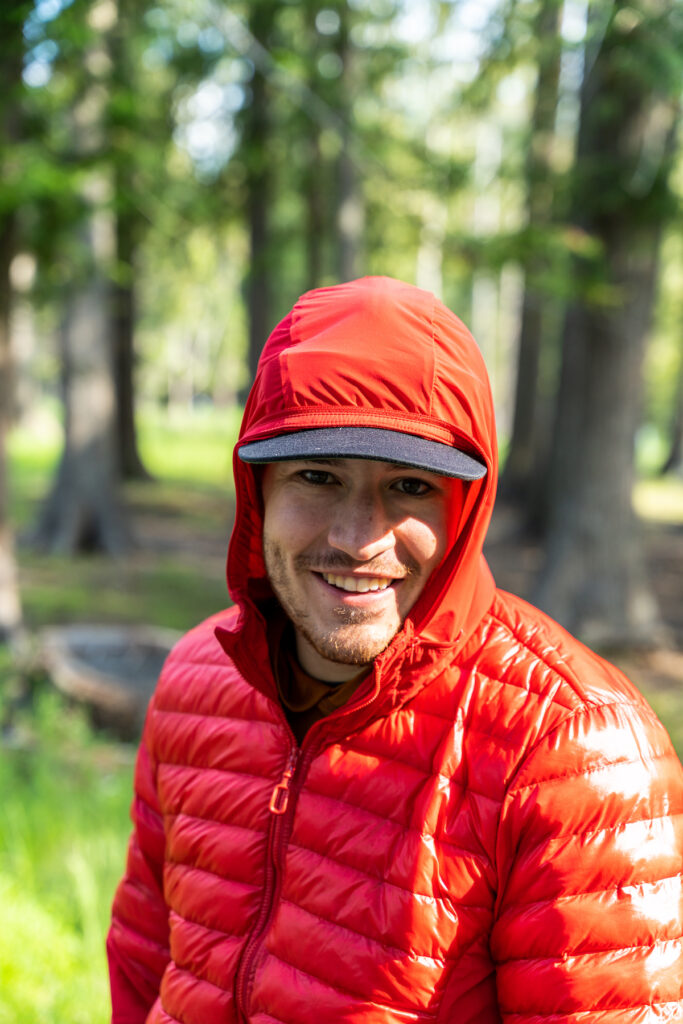

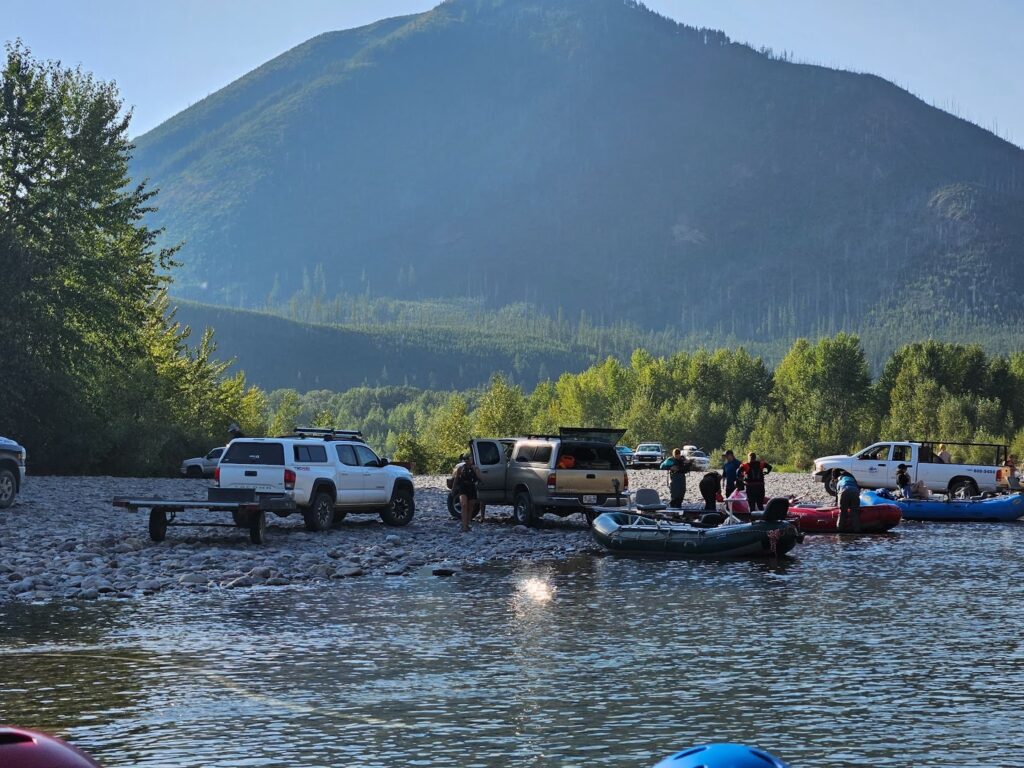
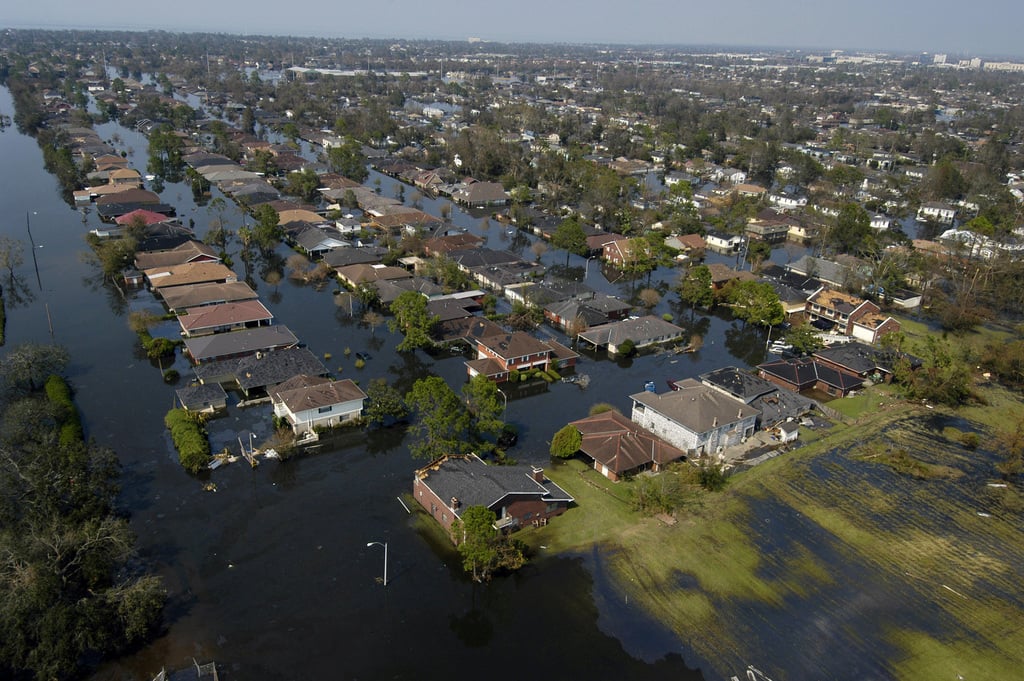
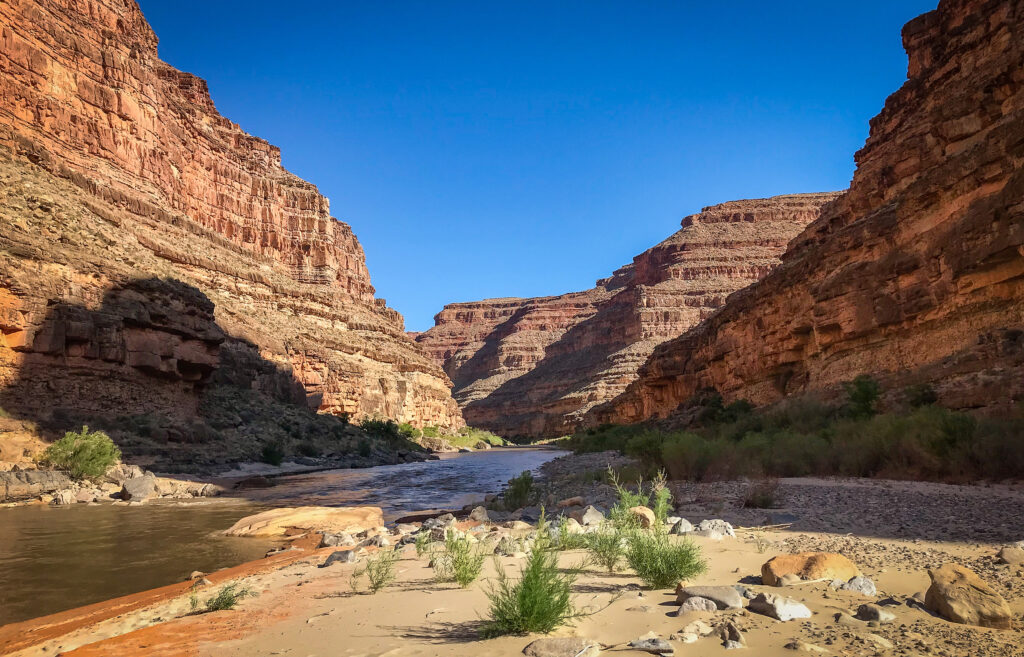
2 responses to “A River Worth Saving”
From headwaters to estuary, from stream to creek to river, all parts make the whole healthy.
Thank you – I enjoyed reading this, and applaud your efforts. You are doing critical work, but I also hope that you enjoy the travels.